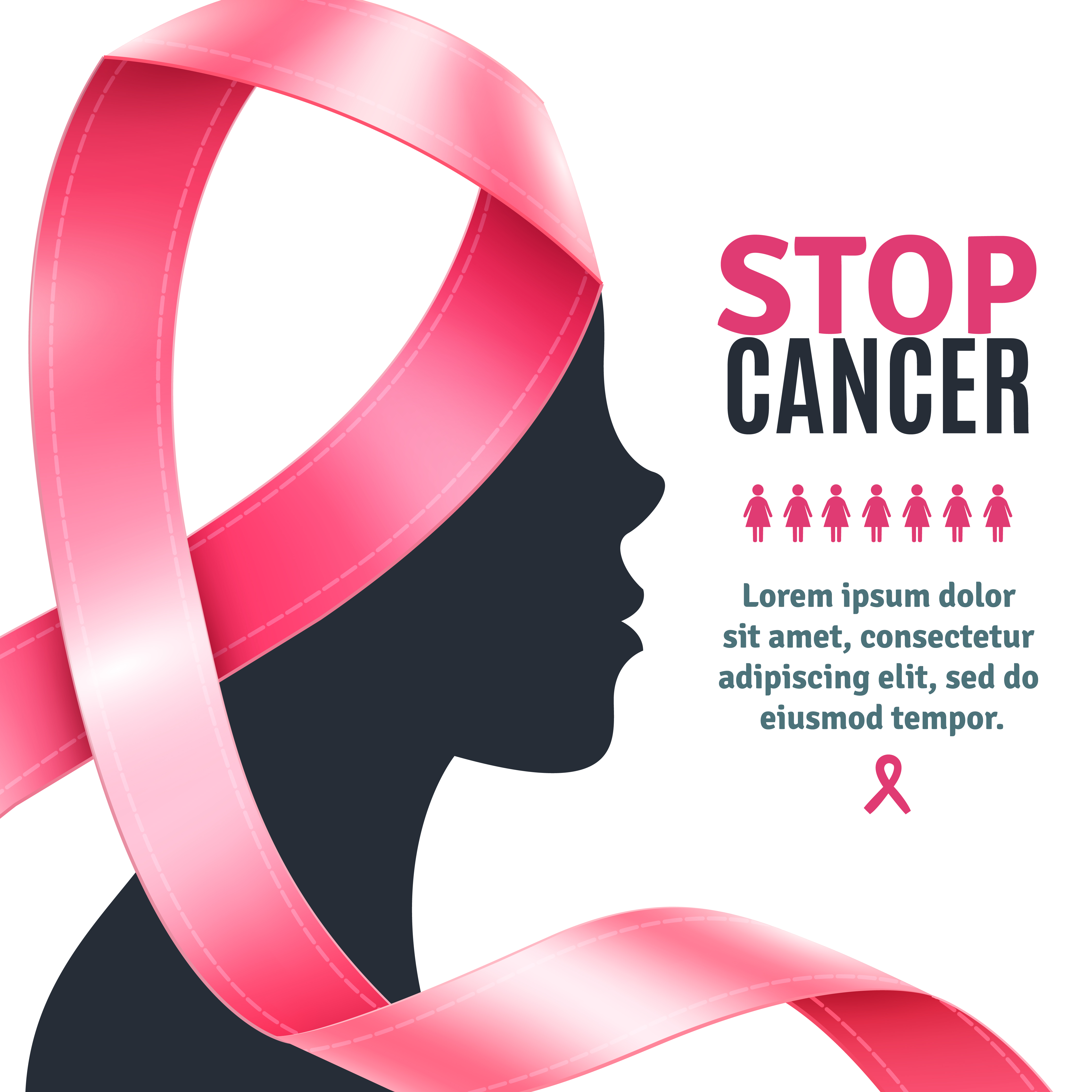High Cost Of Cancer Care - Expensive Cancer Care In US Fails To Increase Survival Rates
Researchers from Yale University and Vassar College have found that despite the high cost of cancer care in the United States, with spends twice as much on cancer treatment as the typical high-income countries, its cancer death rates are only modestly better than average. The study's findings demonstrated no correlation between national expenditure on cancer care and cancer death rates in the general population.
Author:Suleman ShahReviewer:Han JuSep 12, 202245 Shares597 Views

Researchers from Yale University and Vassar College have found that despite the high cost of cancer carein the United States, with spends twice as much on cancer treatment as the typical high-income countries, its cancer death rates are only modestly better than average.
The study's findings demonstrated no correlation between national expenditure on cancer care and cancer death rates in the general population. Spending more money on cancer treatment may not always result in better results.
The United States spends more per person on cancer care than six other nations (Australia, Finland, Iceland, Japan, Korea, and Switzerland).
Smoking As The Major Cause Of Cancer
Since smoking is the leading cause of cancer fatalities, the United States and other nations with historically low smoking rates may seem to have better cancer results.
The United States was determined to be precisely in the center once smoking rates were taken into account. Smoking-adjusted cancer mortality was lowest in nine countries: Australia, Finland, Iceland, Japan, Korea, Luxembourg, Norway, Spain, and Switzerland.
The authors concluded that inexplicable price increases in the United States might be attributed to several causes. Drugs for cancer are quite expensive in the United States compared to other nations; in fact, they account for 37% of all cancer costs paid by privately insured Americans.
Can Money Buy A Cancer Cure?
The researchers found no correlation between national expenditure on cancer care and cancer death rates at the population level.
Chow explains, "In other words, nations that spend more on cancer care do not always have better cancer outcomes."
Notably, six nations with lower cancer death rates than the United States spent less money on cancer treatments. It included the countries of Japan, Australia, Switzerland, Iceland, Finland, and South Korea.
Cigarette smoking is the leading cause of premature death from cancer. The smoking rate in the United States has dropped significantly in recent years, making this a noteworthy fact.
Because of the country's historically low smoking rates, the United States had been protected from cancer mortality, but adjustment for smoking paints the United States in an even less favorable light.

Healthcare Crisis: 1 In 3 Are Skipping Vital Medical Care Due To The Cost
How Can The United States Lower Costs?
A major redesign of the cancer care system in the United States looks to be required, but this will be a tremendous undertaking.
Research authors note that loose regulation of cancer treatment approvals and drug prices are two important factors leading to the expensive cost of cancer care in the United States.
Research co-author Elizabeth Bradley, president of Vassar College and professor of science, technology, and society, says:
“„The trend of paying more and receiving less is well-documented in the United States healthcare system; now, we find it in cancer treatment. Other nations and systems have much to teach the United States if we are willing to adapt.
Cancer Is The 2nd Major Cause Of Death In The United States.
Although cancer mortality rates have been declining since 1991, the American Cancer Society reports that it is still the second leading cause of death in the United States, behind only heart disease.
An estimated 1.9 million new cancer cases were identified worldwide in 2022, with 609,360 deaths attributable to the disease. According to the Centers for Disease Control and Prevention, lung cancer accounts for the most cancer-related deaths in the United States.
Cancers of the colon and rectum follow this: the pancreas, the breast, the prostate, the liver, the intrahepatic bile duct, and the liver (CDC).
High Cost Of Cancer Care
Researchers conducted a national-level study of 22 high-income nations, comparing each country's cancer care expenditures to their age-standardized cancer mortality rates in 2020 (with and without controlling for smoking).
Results of particular note included:
- Out of the 22 nations analyzed, the United States spent more than $200 billion on cancer care.
- Australia, Finland, Iceland, Japan, Korea, and Switzerland all had better cancer results for less money than the United States did, although the United States ranked sixth best in death rate.
- In other words, nations that spend more on cancer treatment are not guaranteed better cancer outcomes. Researchers found no association between how much a country spent on cancer care and the cancer mortality rate.
The Cancer Care Priorities In The United States Need To Be Re-assessed
To put it simply, this is a question of worth. You may say that value is what you receive for the money you spend. And the United States is not receiving good value from its cancer treatment system.
How should we rank our expenditure on cancer-related projects, and how does that connect to our values? So Gross asserts.
Gross says that the United States could make better use of its budget for cancer care by putting more money into programs to prevent cancer, lowering the cost of cancer drugs, and giving more money to research on cancer.
Please explain what is meant by "doubling down on cancer research." Clinical trial and drug regulatory reform, proposed by MD and PhD student at Yale School of Medicine Ryan Chow, would be an important first step.
It's not enough to just increase the volume of research and the number of licensed treatments; we must also ensure that the funds allocated for this purpose are used to conduct clinical studies testing whether or not patients' healthand longevity improve as a result of taking these medications. He adds:
“„Otherwise, we're basically throwing money at novel cancer treatments that won't assist our patients.
Cancer medication clinical trials are one area that requires improvement. Chow argues that the problems with cancer care shown in this research need a comprehensive strategy to improve the system.
People Also Ask
Is Cancer The Leading Cause Of Death In The World?
Cancer is one of the top causes of mortality around the globe. There were 18.1 million new cancer diagnoses and 9.5 million cancer-related deaths globally in 2018.
By 2040, the number of new cancer cases per year is predicted to reach 29.5 million, with 16.4 million cancer-related deaths.
How Much Does The US Spend On Cancer?
In 2015, the projected national cost of cancer care was $190.2 billion. Assuming unchanged future prices, we estimate costs to reach $208.9 billion in 2020 (2020 US dollars), a 10% increase attributable only to the aging and growth of the US population.
How Does The Cancer Survival Rate In The US Compare To Other Countries?
The CONCORD-3 study examined 37.5 million cancer patient data from 71 nations and territories. Rates of cancer survival in the United States in 2022.
- Breast cancer survival is 88.60%.
- Stomach Cancer Survival Rate is 29.10%
- Lung Cancer Survival Rate is 18.70%
- Prostate Cancer Survival Rate is 97.20%
Conclusion
The American Cancer Society reports that in the previous decade, substantial progress has been made in cancer treatment, including a novel form of immunotherapy that may reprogram a patient's T cells (an immune cell) to better fight cancer (ACS).
The Lown Institute, a nonpartisan think tank working to improve the American healthcare system, estimates that the cost of such breakthrough medicines may be as high as $1 million per patient.

Suleman Shah
Author
Suleman Shah is a researcher and freelance writer. As a researcher, he has worked with MNS University of Agriculture, Multan (Pakistan) and Texas A & M University (USA). He regularly writes science articles and blogs for science news website immersse.com and open access publishers OA Publishing London and Scientific Times. He loves to keep himself updated on scientific developments and convert these developments into everyday language to update the readers about the developments in the scientific era. His primary research focus is Plant sciences, and he contributed to this field by publishing his research in scientific journals and presenting his work at many Conferences.
Shah graduated from the University of Agriculture Faisalabad (Pakistan) and started his professional carrier with Jaffer Agro Services and later with the Agriculture Department of the Government of Pakistan. His research interest compelled and attracted him to proceed with his carrier in Plant sciences research. So, he started his Ph.D. in Soil Science at MNS University of Agriculture Multan (Pakistan). Later, he started working as a visiting scholar with Texas A&M University (USA).
Shah’s experience with big Open Excess publishers like Springers, Frontiers, MDPI, etc., testified to his belief in Open Access as a barrier-removing mechanism between researchers and the readers of their research. Shah believes that Open Access is revolutionizing the publication process and benefitting research in all fields.

Han Ju
Reviewer
Hello! I'm Han Ju, the heart behind World Wide Journals. My life is a unique tapestry woven from the threads of news, spirituality, and science, enriched by melodies from my guitar. Raised amidst tales of the ancient and the arcane, I developed a keen eye for the stories that truly matter. Through my work, I seek to bridge the seen with the unseen, marrying the rigor of science with the depth of spirituality.
Each article at World Wide Journals is a piece of this ongoing quest, blending analysis with personal reflection. Whether exploring quantum frontiers or strumming chords under the stars, my aim is to inspire and provoke thought, inviting you into a world where every discovery is a note in the grand symphony of existence.
Welcome aboard this journey of insight and exploration, where curiosity leads and music guides.
Latest Articles
Popular Articles
